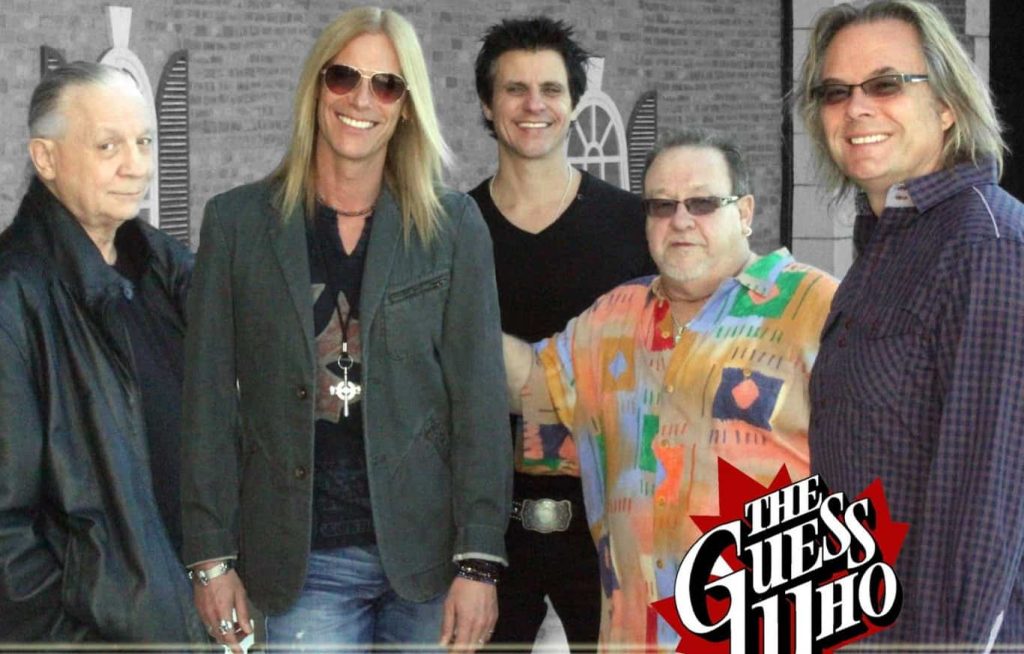
Echoes of a Fractured Smile: Decoding The Guess Who’s “Laughing”
A poignant exploration of disillusionment and the bitter aftertaste of a relationship’s demise.
Ah, “Laughing.” The very title carries a certain irony, a stark contrast to the emotional landscape painted by The Guess Who in this 1969 gem. Reaching a respectable number ten on the Billboard Hot 100, this track, nestled within their seminal album Canned Wheat, wasn’t just another hit; it was a slice of raw, unfiltered emotion served up against a backdrop of swirling psychedelia and hard-edged rock. In the late ’60s, as the flower power dream began to fray, “Laughing” resonated with a generation grappling with the complexities of love and loss, a generation starting to see the shadows lurking beneath the sun-drenched idealism of the era.
The song’s genesis, shrouded in the band’s characteristic blend of mystique and musical prowess, is as intriguing as its lyrical content. While the precise details of its inspiration remain somewhat elusive, it’s widely understood that the track delves into the tumultuous relationship between the band’s principal songwriters, Burton Cummings and Randy Bachman. Their dynamic, a combustible mixture of creative brilliance and personal friction, often fueled their songwriting, and “Laughing” is believed to be a reflection of the tensions simmering beneath the surface. Cummings, with his distinctive, almost plaintive vocal delivery, imbues the lyrics with a palpable sense of wounded pride and cynical resignation. It’s a performance that feels less like a song and more like a confessional, a raw outpouring of feelings laid bare for all to witness.
The meaning of “Laughing” is, at its core, a dissection of a relationship gone sour. The laughter, far from being an expression of joy, becomes a symbol of mockery, a cruel reminder of broken promises and shattered illusions. The lyrics, with their sharp, almost accusatory tone, paint a vivid picture of a partner who revels in the other’s pain, who finds amusement in their vulnerability. It’s a portrayal of emotional manipulation, a chilling depiction of the power dynamics that can twist a once-loving connection into something corrosive and destructive. The song’s arrangement, with its shifting tempos and swirling organ lines, mirrors the emotional turbulence of the narrative. It’s a sonic journey through the stages of heartbreak, from the initial shock of betrayal to the slow, agonizing realization of acceptance.
For those of us who lived through those times, “Laughing” evokes a certain nostalgia, a bittersweet recollection of a period marked by both idealism and disillusionment. It reminds us of the youthful naivety that often led to heartbreak, the painful process of learning to navigate the complexities of adult relationships. It’s a song that speaks to the universal experience of love’s fragility, the realization that even the most promising connections can crumble under the weight of unspoken resentments and unfulfilled expectations. It’s a testament to The Guess Who’s enduring ability to capture the zeitgeist, to translate the raw emotions of a generation into timeless musical expressions. The song’s legacy lies not just in its chart success, but in its ability to resonate with listeners across decades, reminding us that the pain of a broken heart, and the bitter irony of a forced laugh, are experiences that transcend time.